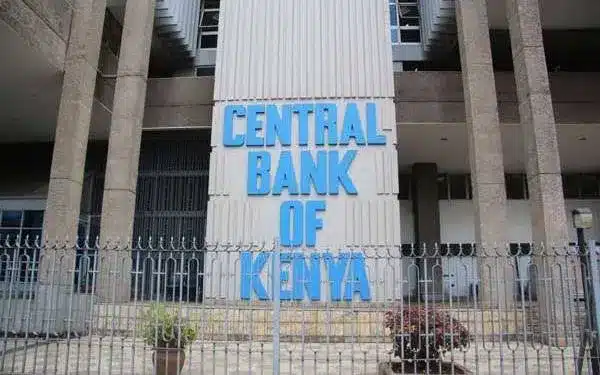CBK diversification signals structural reserve evolution
Kenya’s CBK lifts bullion value 40.8% y/y as XAUUSD holds near highs; usable reserves at USD 7.3bn cover 3.8 months while KES=X stabilizes and EMB tracks spreads; BZ=F path will test import cover through mid-2026.

Kenya’s central bank has begun diversifying its foreign reserves into physical gold, signalling a measured shift in risk management away from an overwhelmingly dollar-denominated portfolio. The Central Bank of Kenya increased the value of its bullion by 40.8% in the 12 months to June 2025, from KSh 169 million to KSh 238 million (≈USD 1.83 million at KSh 130/USD). With usable reserves at USD 7.3 billion in September 2025—covering 3.8 months of imports—gold currently accounts for under 0.03% of the stock. The small weight matters less than the signal: policy is reopening the composition of reserves to hedge currency concentration and duration risk embedded in foreign fixed-income holdings.
The mechanism is incremental and balance-sheet aware. The CBK is evaluating established vaulting arrangements to support custody, settlement, and audit, allowing small, regular purchases that do not erode day-to-day FX liquidity. Gold (XAUUSD) is duration-free and carries no counterparty risk, stabilising the reserve portfolio when global yields rise or the shilling weakens against the dollar (KES=X). For a reserve book concentrated in short-duration U.S. securities, even a modest bullion allocation reduces sensitivity to the U.S. rate cycle and limits mark-to-market losses if yields stay elevated into 2026. The objective is risk compression, not yield maximisation.
Macro transmission runs through external balance, prices, and terms of trade. Kenya’s current-account deficit narrowed to about 4.7% of GDP by mid-2025 from 5.1% a year earlier on moderating oil imports and recovering services. Headline inflation eased to 5.3% year on year in September 2025 from 6.8% in 2024, helping stabilise real incomes and allowing monetary policy to focus on the quality of buffers rather than firefighting prices. Reserves recovered from a trough near USD 6.4 billion in early 2024 to USD 7.3 billion by September 2025, supported by portfolio inflows and multilateral disbursements. Within that recovery, gold adds a non-correlated asset that protects adequacy metrics through adverse price or funding shocks.
Market reception ties to both size and structure of reserves. Investors price sovereign risk on coverage, composition, and governance. A credible diversification rule—codifying gradual increases in bullion when reserves exceed a coverage floor—can trim the FX volatility premium and stabilise hard-currency spreads relative to the EM composite tracked by EMB. Kenya’s 2032 Eurobond yield traded near 9.4% in October 2025, down from roughly 10.8% at the start of the year; sustained progress on reserve quality would support a further, measured compression if fiscal execution remains on track. The shilling’s stabilisation around KSh 129.5 per dollar in Q3 2025 reflects improved balance-of-payments dynamics; incremental gold exposure strengthens that anchor without sacrificing intervention capacity.
Comparative context clarifies intent. Several African peers have increased bullion’s share in reserves to temper dollar and duration concentration as global policy rates reset higher. Kenya starts from an exceptionally low base. With public debt near 74% of GDP (KSh 11.9 trillion as of June 2025) and external public obligations around USD 38.7 billion, the priority remains liquidity quality and rollover resilience. A move toward a 0.5% bullion share—about USD 35–40 million at current reserve levels—would align governance with global practice while leaving ample room for liquid FX assets needed for trade and market operations. Because gold is not encumbered by maturity, it cushions procyclical sales of securities when global yields back up, reducing the need to crystallise losses in stress.
The forward test is explicit and time-bound. Between Q4-2025 and mid-2026, three indicators will verify credibility: the gold share rises to at least 0.5% of total reserves; import cover remains at or above 3.5 months despite episodic outflows; and the rolling 90-day realised volatility of KES=X declines by at least 10% year on year to below 3.5%. Market confirmation would appear as steadier EMB-referenced spreads and a weaker beta of Kenya’s Eurobond curve to U.S. yield swings.
External prices remain the key exogenous variable: if Brent (BZ=F) averages above USD 85 per barrel while reserves are stable or higher, the diversification will be validated as a durable hedge; if reserves slip below USD 7 billion, import cover falls, or FX volatility rises, the initiative will read as symbolic rather than structural, inviting a wider risk premium.





